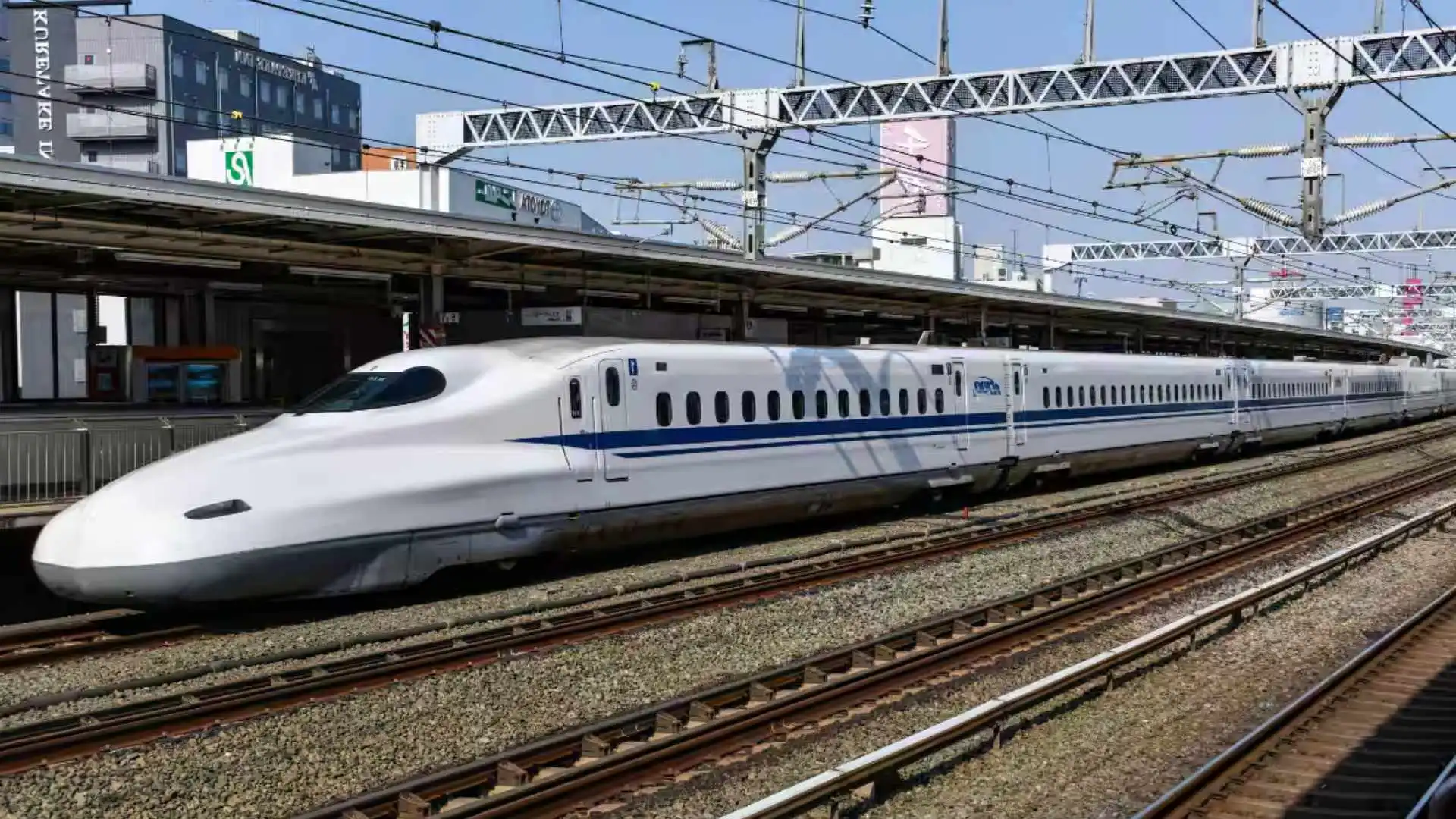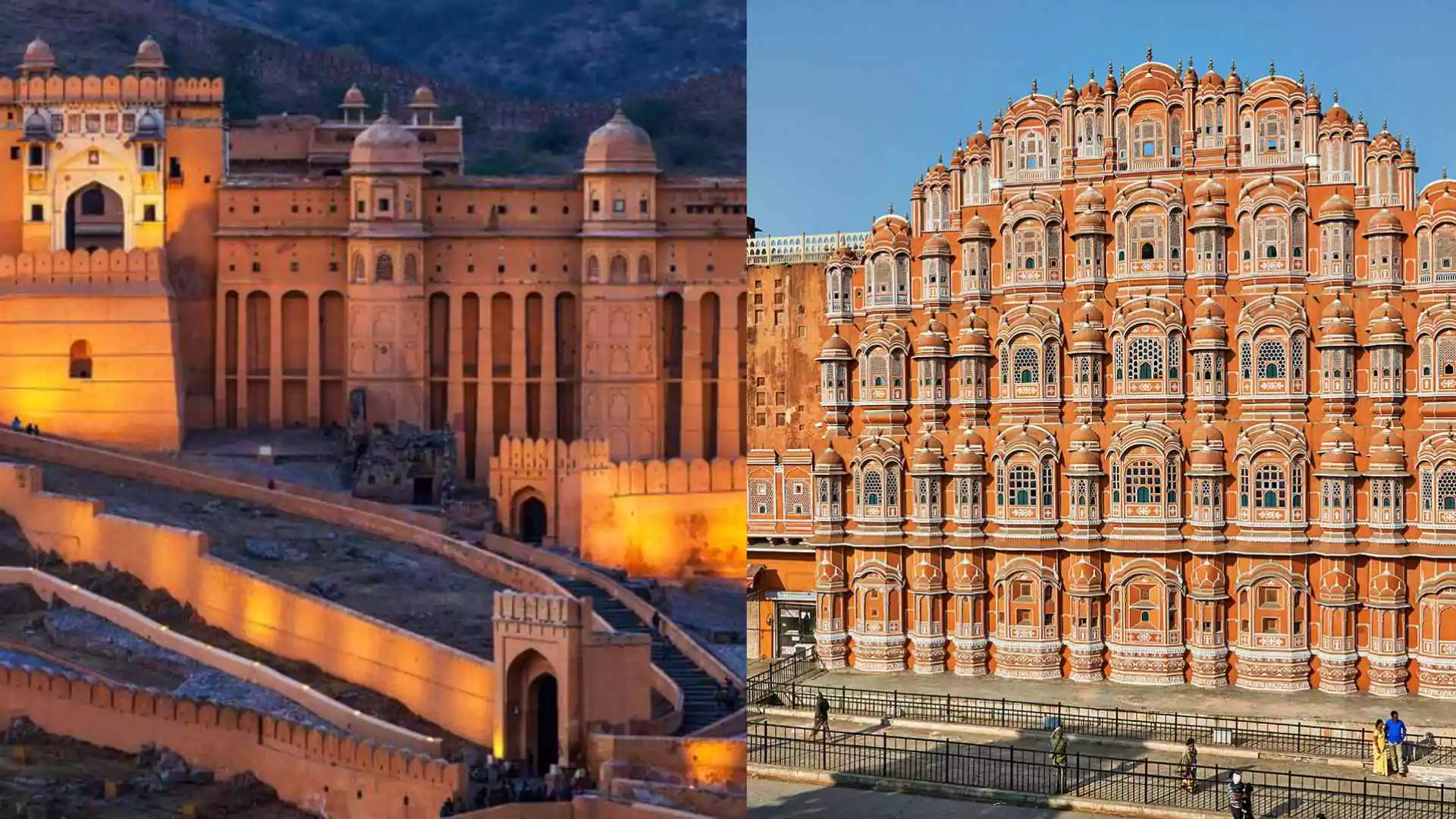India is set to revolutionize its travel infrastructure with the expansion of its high-speed rail network. The much-anticipated Mumbai-Ahmedabad bullet train project is already underway, marking a significant milestone in India’s transportation evolution. This project aims to drastically cut travel times across long-distance routes and offer an efficient travel option for millions of people.
The Mumbai-Ahmedabad High-Speed Rail (MAHSR) Project, spanning an impressive 508 kilometers, is being developed with the technical and financial support of Japan. Currently, it is the only legally sanctioned high-speed rail project, as confirmed by Railway Minister Ashwini Vaishnaw in the Rajya Sabha. The bullet train will connect major stations including Mumbai, Thane, Surat, Vadodara, Ahmedabad, and Sabarmati, improving connectivity between these bustling cities.
Construction work is progressing rapidly. So far, 336 kilometers of pier foundations have been completed, along with 331 kilometers of piers. Additionally, 260 kilometers of girders have been cast, and 225 kilometers of girders have been launched. One of the most remarkable features of this project is the 21-kilometer under-sea tunnel, which will be India’s first of its kind.
In a move to expand the network further, the Railways Ministry has tasked the National High-Speed Rail Corporation Limited (NHSRCL) with preparing a detailed project report (DPR) for new bullet train routes. Future plans include corridors connecting Delhi to Varanasi, Ahmedabad, and Amritsar, as well as Mumbai to Nagpur. The Delhi-Varanasi and Varanasi-Howrah routes are especially crucial, with an aim to cross Uttar Pradesh. However, the approval for these projects depends on the completion of DPRs, financial feasibility, and project funding.
India’s bullet train projects are expected to play a pivotal role in transforming the country’s transport sector, improving efficiency, and offering an environmentally friendly alternative to road and air travel.
(WITH INPUT FROM AGENCY)






















